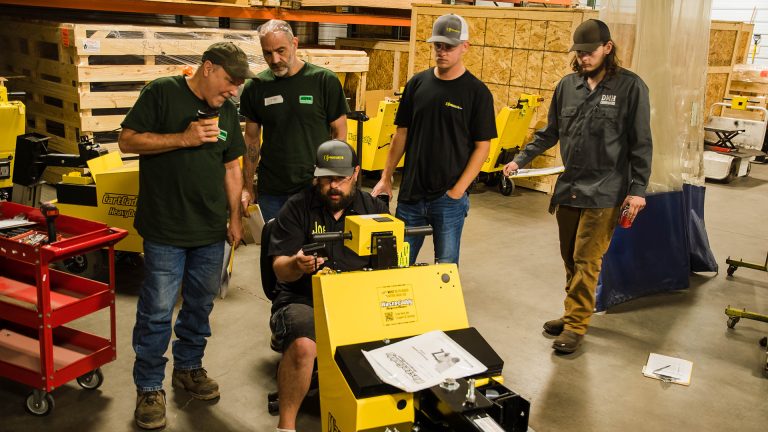With talk that the Obama administration will implement federal ergonomic standards, the question arises: Who monitors ergonomic standards now?
There are a number of governmental and professional groups that write and/or monitor ergonomic standards or guidelines that affect U.S. manufacturers and businesses, most prominently:
- Occupational Safety and Health Administration (OSHA)
- National Institute for Occupational Safety and Health (NIOSH)
- American National Standards Institute (ANSI)
- International Organization for Standardization (ISO)
OSHA. Created by the Occupational Safety and Health Act of 1970, OSHA’s mission is to provide U.S. workers with a safe working environment. The federal program is administered through the U.S. Department of Labor, but many states also have OSHA programs. OSHA develops specific workplace standards to protect workers’ health and safety and, through a network of inspectors, polices businesses to see that standards are enforced. OSHA also conducts procedural training and education courses.
NIOSH. Part of the Centers for Disease Control (CDC), a branch of the U.S. Department of Health and Human Services, NIOSH was created by the same act as OSHA. NIOSH conducts research and makes recommendations regarding the prevention of work-related injuries and illnesses.
ANSI. A private non-profit general standards organization, ANSI facilitates the voluntary establishment of U.S. standards in many areas. ANSI does not create standards but serves as a neutral forum for the development of voluntary standards by consensus of industry/business groups. ANSI works to standardize the development, manufacture and supply of U.S. products and services.
ISO. The world’s largest developer and publisher of international standards, ISO is a non-governmental network of 159 countries. Headquartered in Geneva, Switzerland, ISO seeks international consensus on a wide range of product and service issues to facilitate trade.
In the U.S., some states — California and Washington — have their own ergonomics rules. Michigan may join their ranks soon if ongoing efforts to block a new state ergonomics rule fail. Industry trade organization may also champion ergonomic guidelines in their efforts to standardize industry practices.
Presently, ergonomics standards are piecemeal, applying to some industries or occupations but not all. Most often, standards are couched as voluntary guidelines with no penalty for non-compliance. At this time, the U.S. doesn’t have a pervasive, all-encompassing set of ergonomic laws that mandate and describe the use of ergonomics across the breadth of American business, nor is there a universal federal mechanism for requiring companies to implement ergonomic solutions and discipline those who fail to do so. Most U.S. industry watchers predict that this will eventually chance under the Obama administration.


